Text AI
Kea AI now bridges Voice and Text so guests can order, ask questions, or pay however they choose.
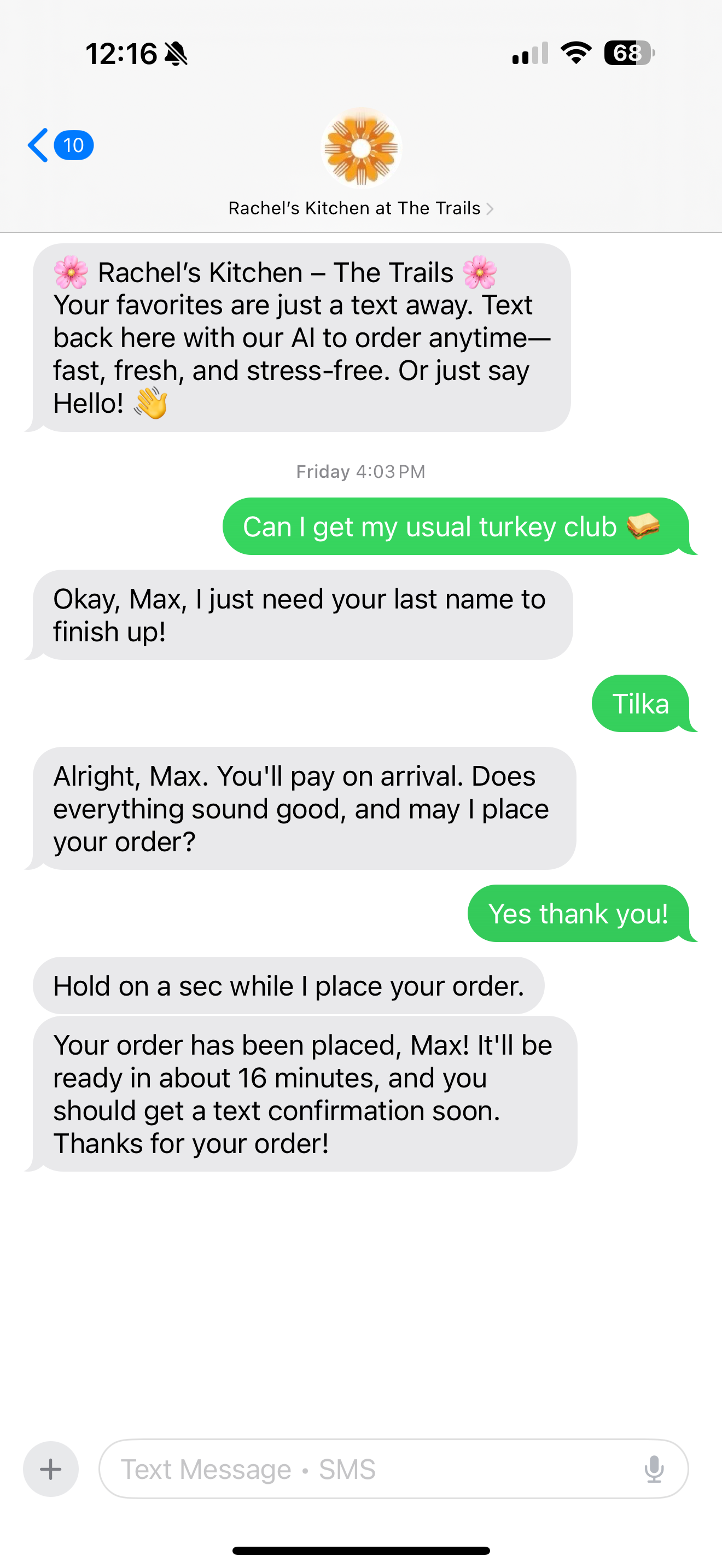




Next-generation Voice AI without the wait
Kea is built to supercharge your restaurant's operations.
Hundreds of features, new ones every week
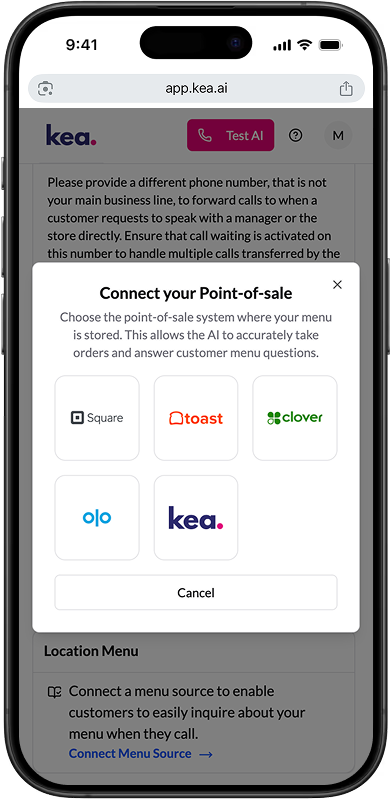
Keep up with the bird
*no spam, only cool features. Opt-out anytime.We build tools to bring you peace-of-mind, not headaches.
Multiple AI Agents, One Seamless Voice Experience
Meet your restaurant’s next best employee. Kea AI sounds like a human phone assistant, but is so much more. From answering customer calls to checking your menu, tracking trends, and surfacing smart suggestions, Kea works behind the scenes to help you run smoother every day.

The Judge
Every call, the AI Judge ensures the order matches your menu—down to the last detail. With 99.3% accuracy, Kea AI knows your menu like the back of its hand (or wing).

The Food Critic
Customer can’t add jalapeños? Pepperoni pizza 86’d? Unclear if dogs are allowed? The Food Critic keeps customers informed with real-time item, modifier, and FAQ updates. Flagging any unsupported customizations or adding special instructions for you.
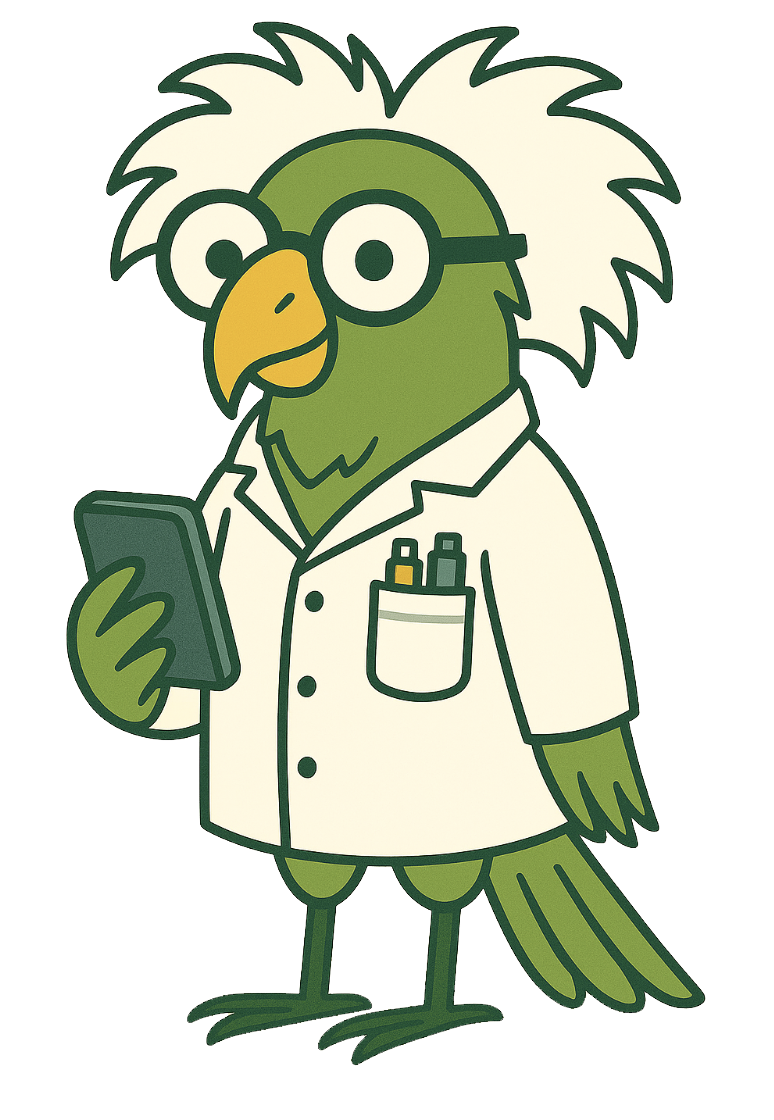
The Data Guru
Every day, get a personalized SMS text from our data crunching AI to see how many calls your Voice AI handled, call reviews from customers, and order revenue saved. Have your morning coffee with a slice of kea Voice AI.
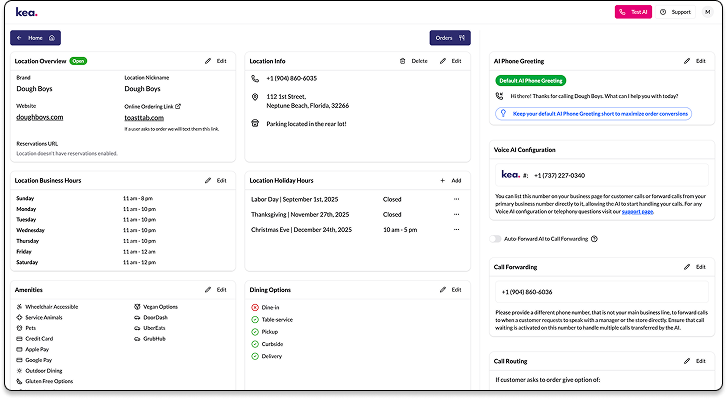

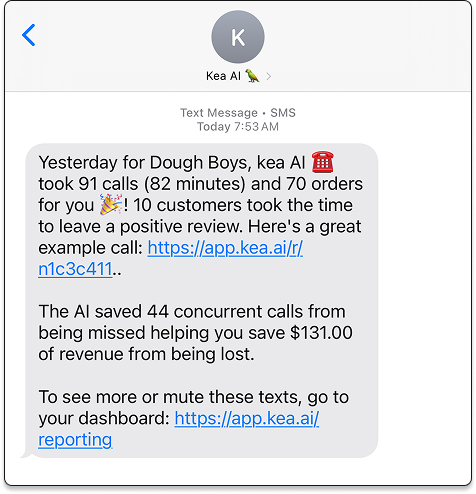

One price to rule them all
No per order costs, no hidden fees, unlimited calls
$450 a month
Need to talk to a human?
As easy as building a cheese pizza.






